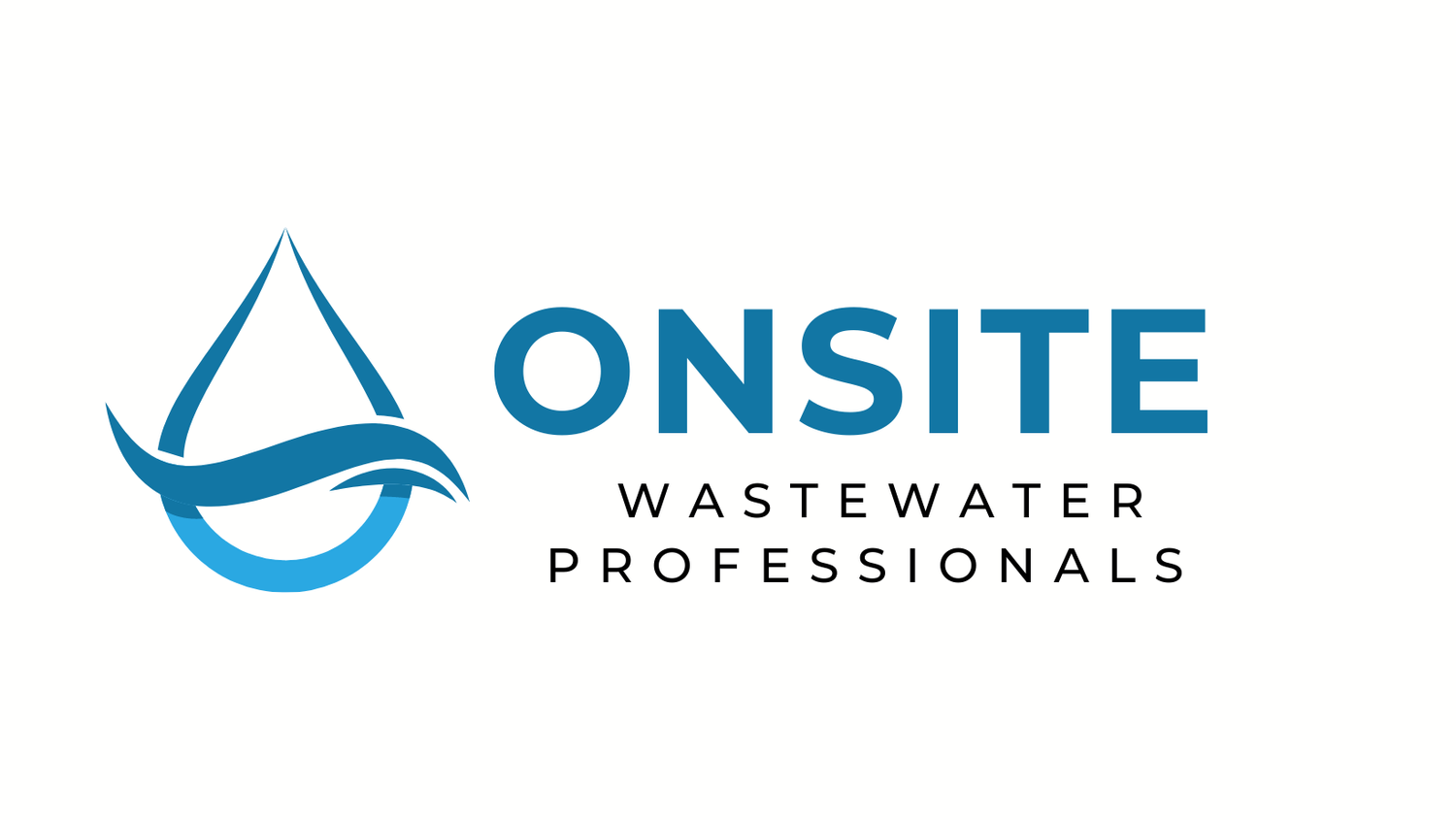.1002 RECLAIMED WATER SYSTEMS
(a) An RCW system shall be one of the following:
(1) an alternate management option as identified in 15A NCAC 02U .0401(c) for use with a system permitted in accordance with 15A NCAC 02U;
(2) a conjunctive wastewater system, as defined in 15A NCAC 02U .0103(4), permitted under the Rules of this Subchapter that:
(A) incorporates a beneficial use component, such as toilet flushing or landscape irrigation; and
(B) the beneficial use component is not necessary to meet the wastewater disposal needs of the facility;
(3) a conjunctive wastewater system permitted under the rules of this Subchapter when there is a non-conjunctive use wastewater system permitted and approved in accordance with 15A NCAC 02H or 15A NCAC 02T for the facility;
(4) a wastewater system designed for the complete recycle or reuse of DSE; or
(5) a wastewater system designed to meet the wastewater disposal needs of a facility that serves a beneficial reuse, as defined in 15A NCAC 02U .0103(2), which incorporates a subsurface wastewater dispersal system.
(b) An RCW system shall be designed to produce effluent prior to discharge that complies with the effluent standards for a Type 1 treatment process in accordance with 15A NCAC 02U .0301(b) and the TN standard for a TS-II system in accordance with Table XXV of Rule .1201(a) of this Subchapter. The wastewater system shall be approved in accordance with Section .1700 of this Subchapter or designed by a PE and approved by the Department when it has been determined to comply with this Rule.
(c) When utilizing an RCW system, the dispersal field and repair area shall comply with the siting and sizing requirements of Section .1200 of this Subchapter for a TS-II system except as follows:
(1) setback reductions may be concurrently taken with both an LTAR increase and a vertical separation reduction when a special site evaluation is submitted and approved in accordance with Rule .0510 of this Subchapter;
(2) for systems designed to comply with a TN standard of 10 mg/L one of the following siting and sizing criteria may be utilized:
(A) the property line setback may be reduced to five feet and the SA waters setback may be reduced to 50 feet for wastewater systems with a DDF less than or equal to 3,000 gpd;
(B) the property line setback may be reduced to 10 feet, the SA waters setback may be reduced to 100 feet, and the other surface waters setback may be reduced to 50 feet for systems with a DDF greater than 3,000 gpd; or
(C) the vertical separation to a SWC may be reduced to 12 inches for wastewater systems with a DDF greater than 3,000 gpd that use pressure dispersal;
(3) the LTAR may be increased up to a factor of four compared to that assigned by the LHD for a system using DSE in Group I soils with a wastewater system that uses pressure dispersal when the following site conditions are met:
(A) 48 inches of Group I soils from the naturally occurring soil surface; and
(B) 30 inches to a SWC below the naturally occurring soil surface;
(4) requirements to comply with an effluent TN standard set forth in this paragraph may be waived when:
(A) the effluent is used exclusively for toilet or urinal flushing; or
(B) a site-specific nitrogen migration analysis based on projected or measured effluent nitrogen levels demonstrates that the nitrate-nitrogen concentration at the property line will not exceed 10 mg/L; and
(5) the size of the dispersal field may be proportionally reduced based on the documented percentage of effluent reduction that is enabled by the year-round conjunctive, recycle, or reuse component.
(d) Conjunctive uses may include toilet and urinal flushing and landscape irrigation by drip dispersal. Wastewater from a system designed for complete recycling of DSE shall be used only for flushing of toilets and urinals. RCW shall not be used for body contact or human consumption. An RCW system that includes conjunctive use shall meet the following:
(1) Toilet and urinal flushing components shall be approved by the local building inspections department and be in compliance with the North Carolina Plumbing Code, including pipe marking requirements and back-siphon protection provisions for proximate potable water supplies.
(2) Siting, sizing, setbacks, and installation requirements of this Subchapter may be modified for the landscape irrigation component if they comply with the requirements for conjunctive use irrigation systems in 15A NCAC 02U, based upon information provided by the licensed professionals, if required in G.S. 89C, 89E, or 89F.
(3) System design, operation, and management requirements shall comply with requirements for comparable systems in 15A NCAC 02U, including provisions for continuous on-line monitoring and recording for turbidity and a mechanism to prevent effluent utilization if the turbidity exceeds 10 NTUs, if the E. Coli or fecal coliform levels are not being met, or the disinfection unit is not operable.
(4) Requirements to comply with an effluent TN standard may be waived on a project specific basis when documentation is provided showing that the proposed design will not result in an exceedance of the groundwater standards in accordance with 15A NCAC 02L.
(e) All RCW systems approved in accordance with this rule shall be designed by a PE and the plans approved by the Department prior to LHD permit issuance.
History Note: Authority G.S. 130A-335(e).

